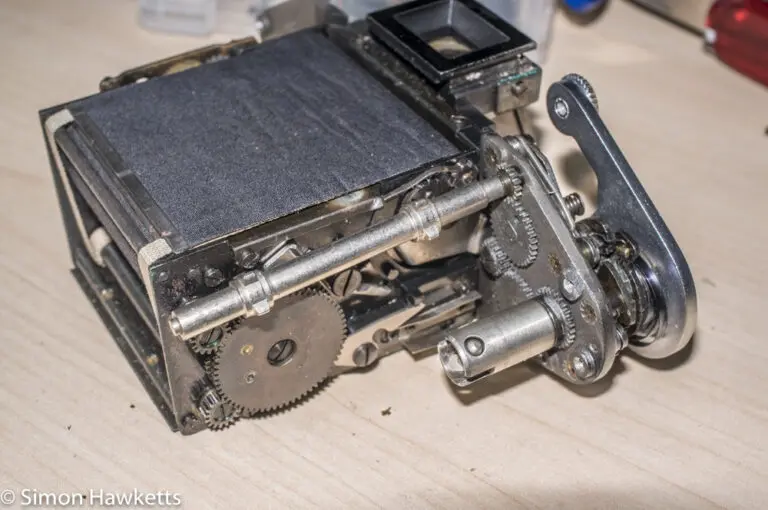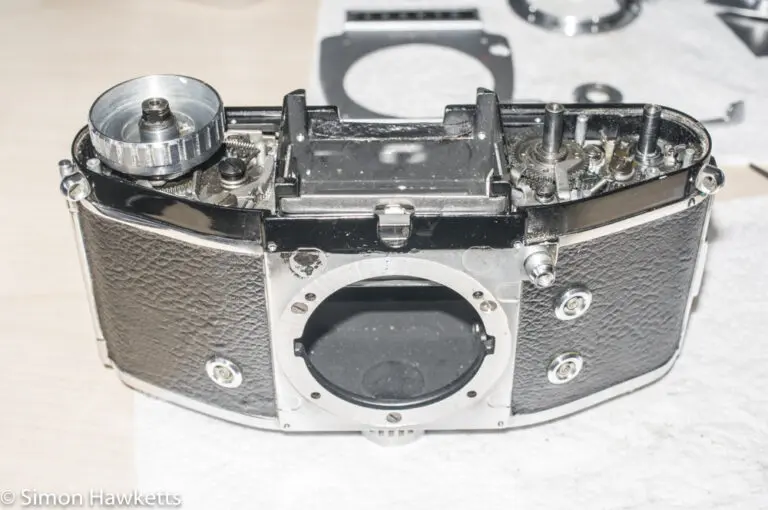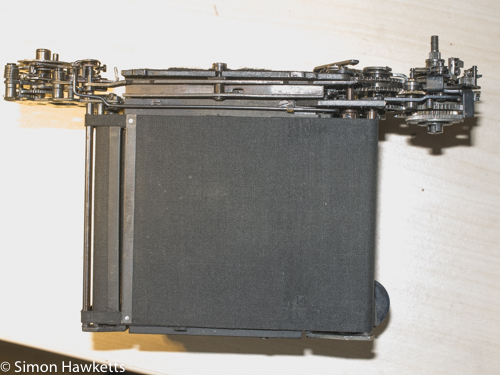Mamiya ZM Quartz 35 mm SLR camera
This Mamiya ZM Quartz 35 mm SLR camera, fitted with an E series Mamiya-Sekor 50 mm f/2 lens is the latest addition to my vintage camera collection, and I have to say it’s a step above the usual cameras I manage to pick up on eBay for a few pounds.
Mamiya ZM Quartz Images
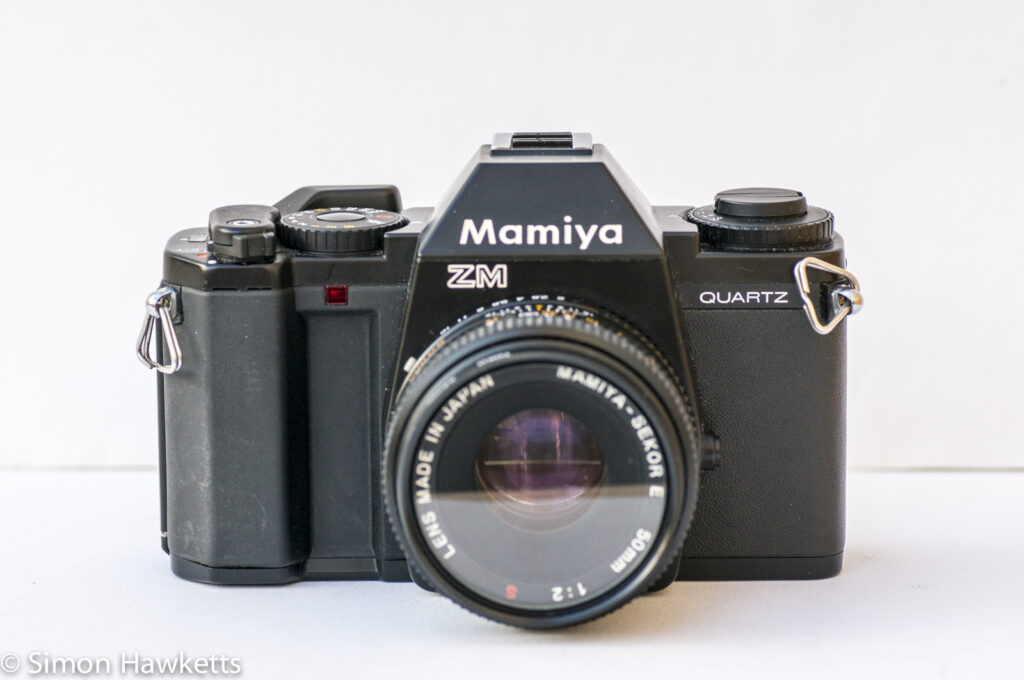
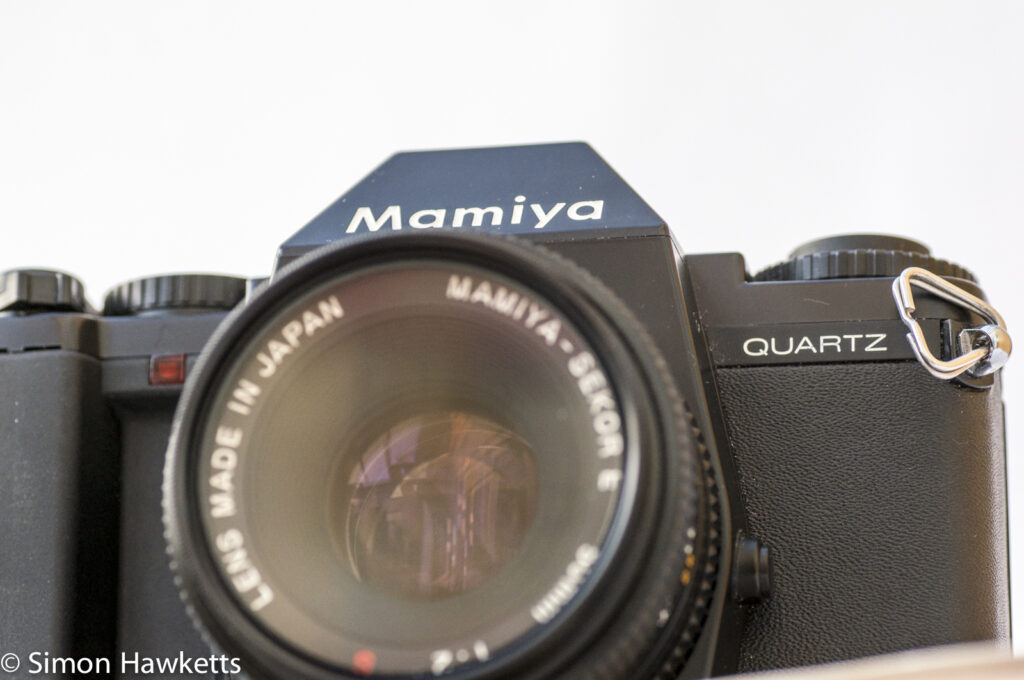
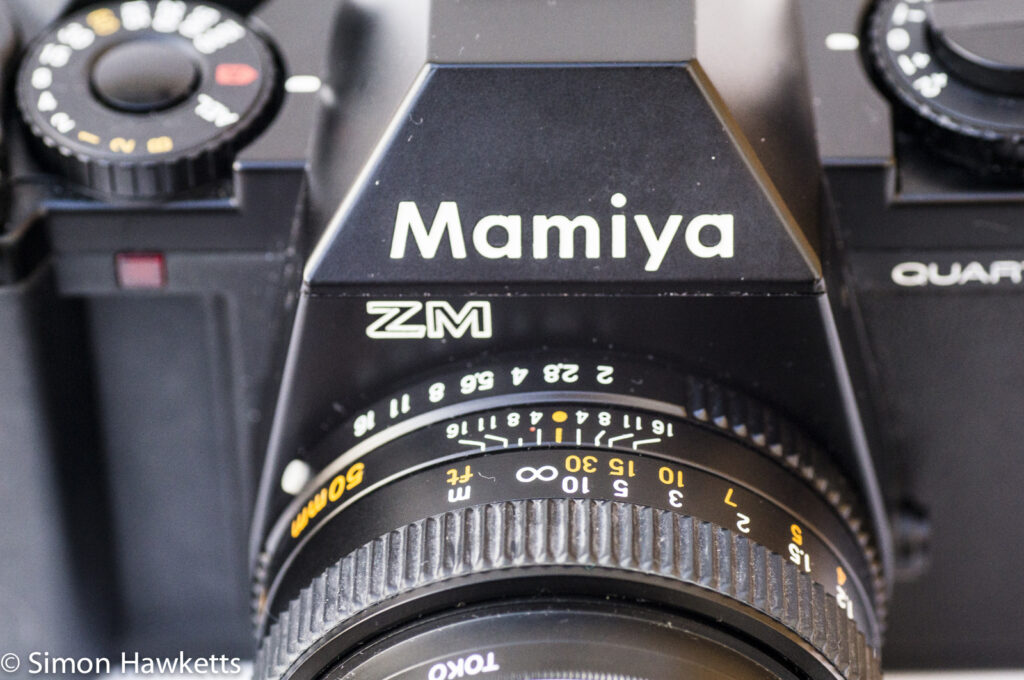
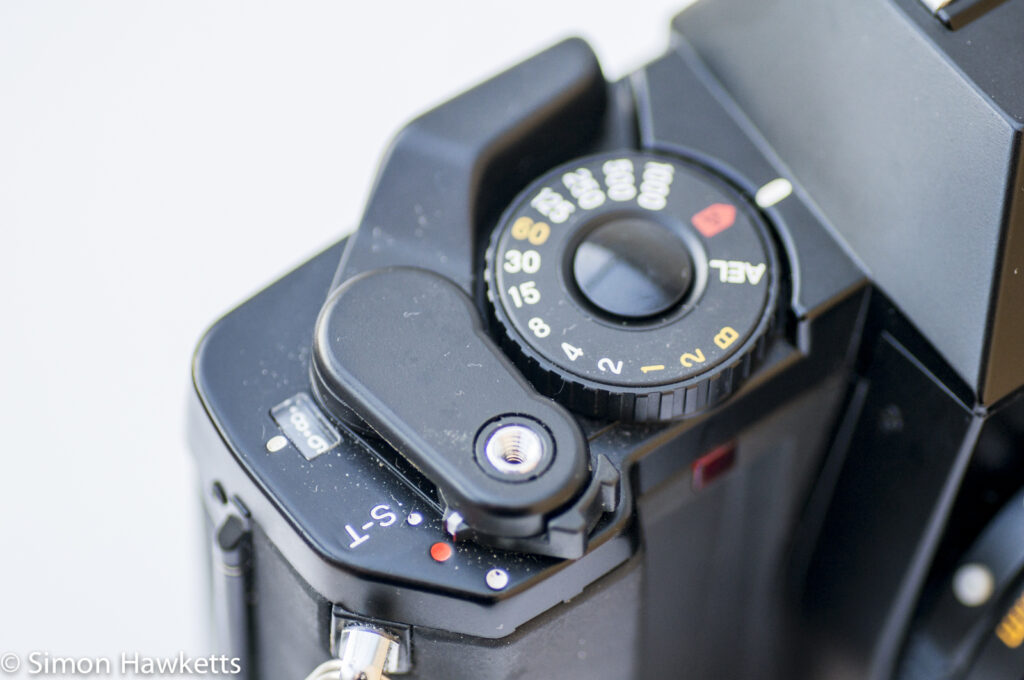
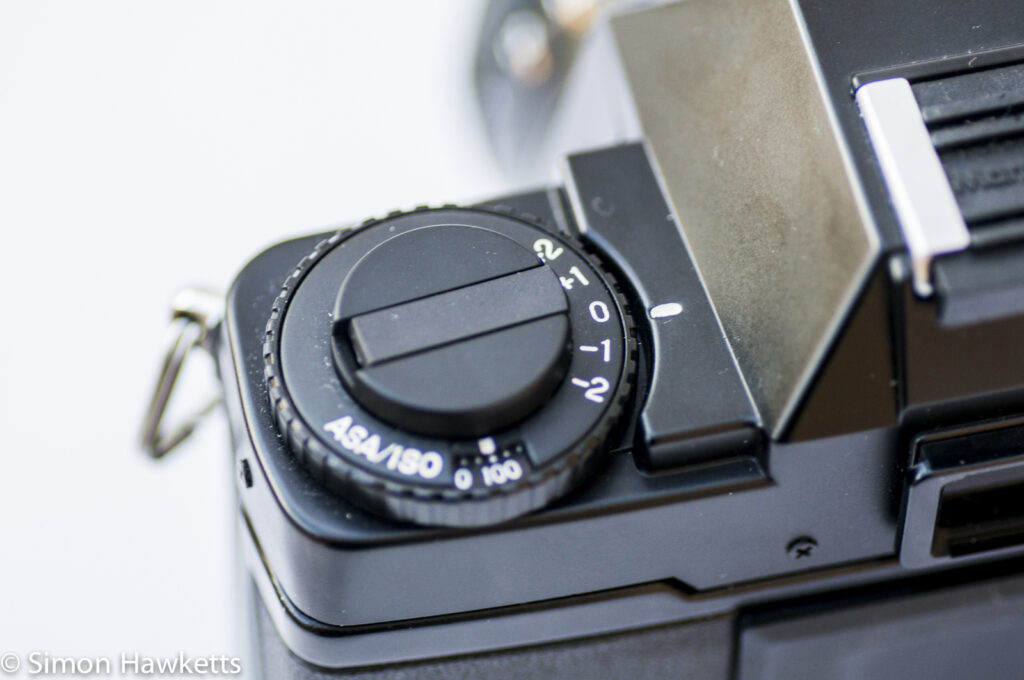
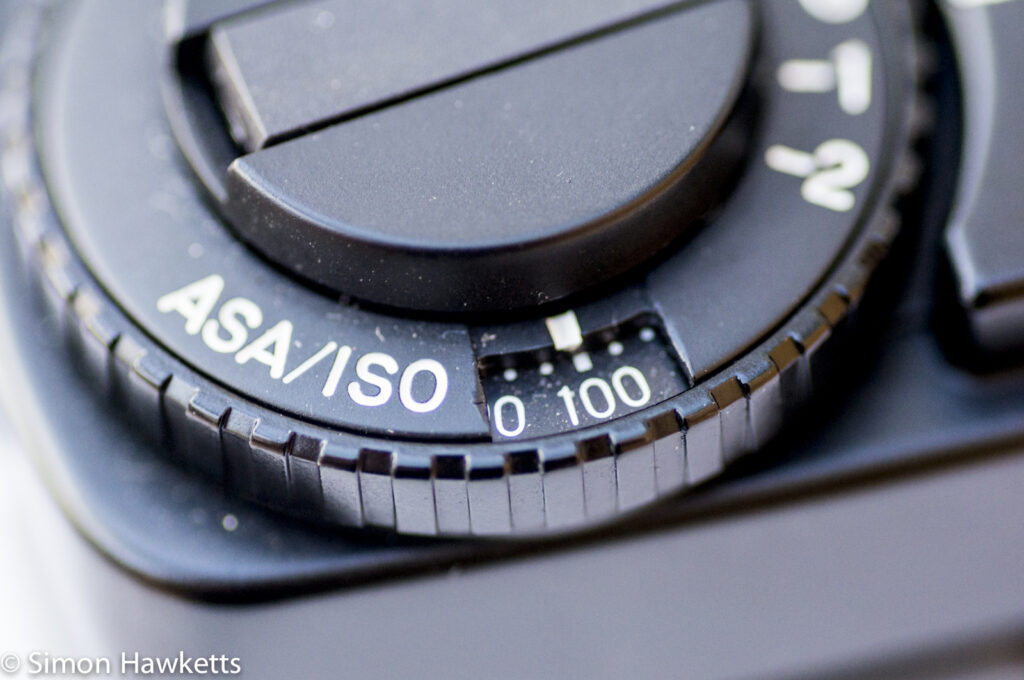
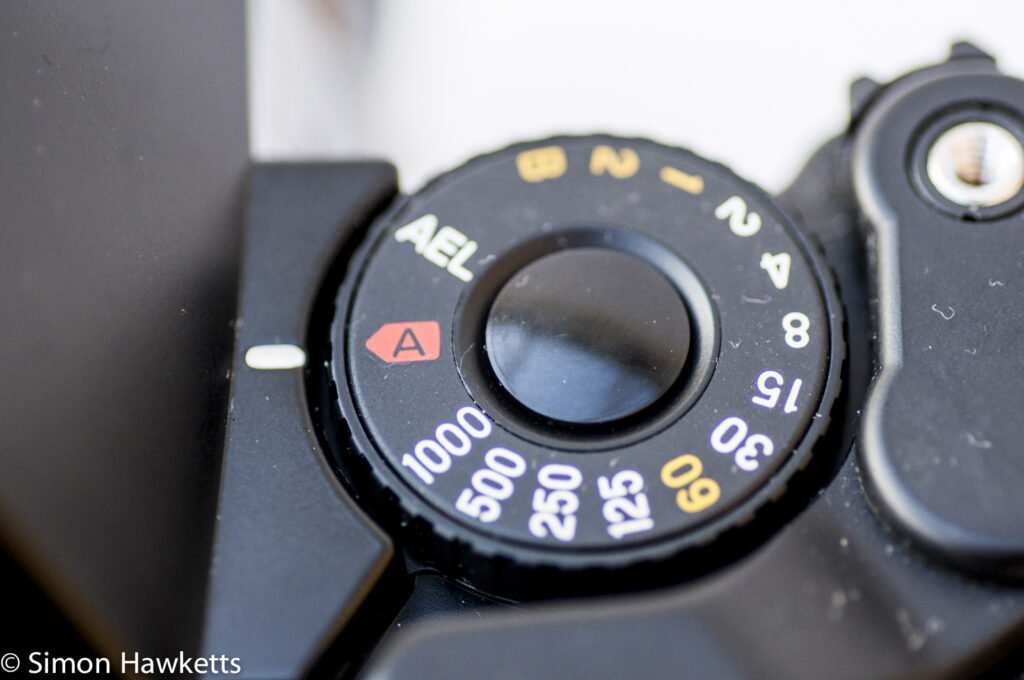
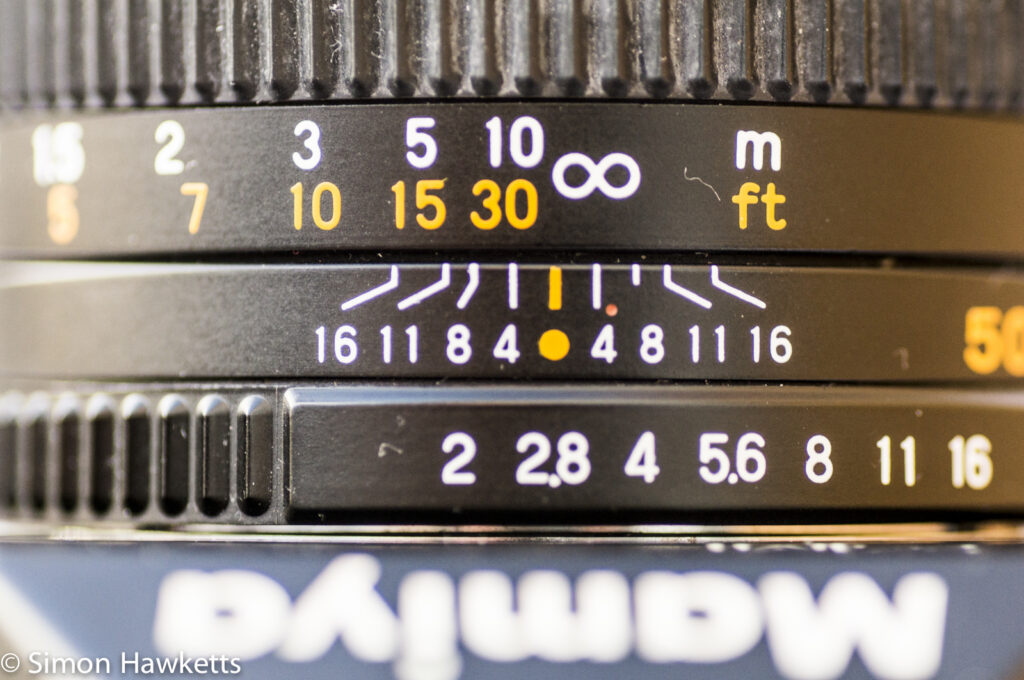
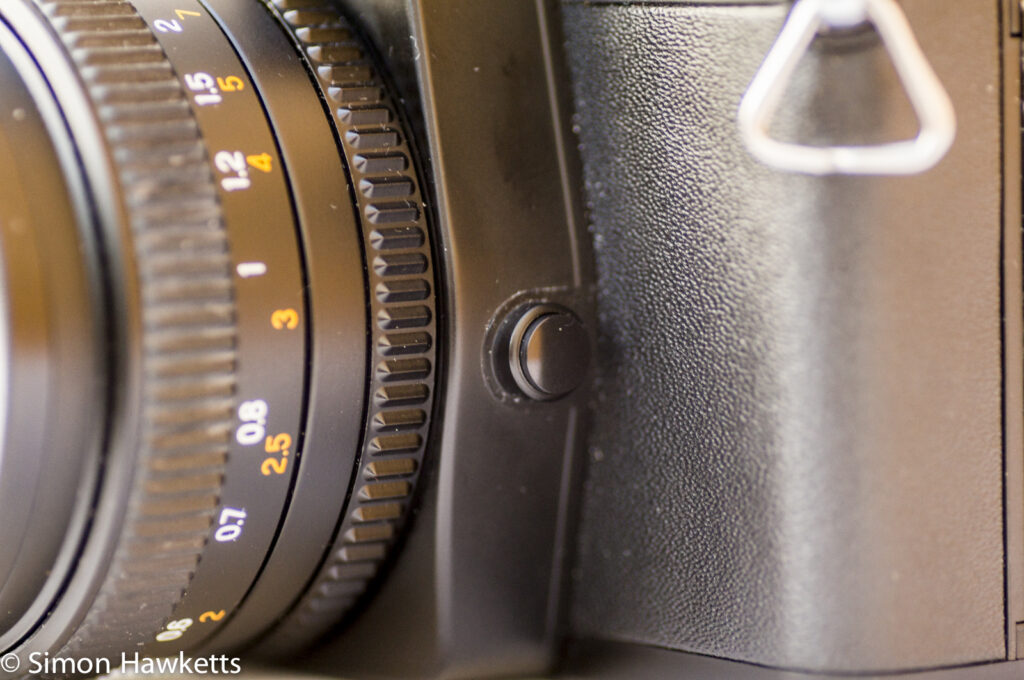
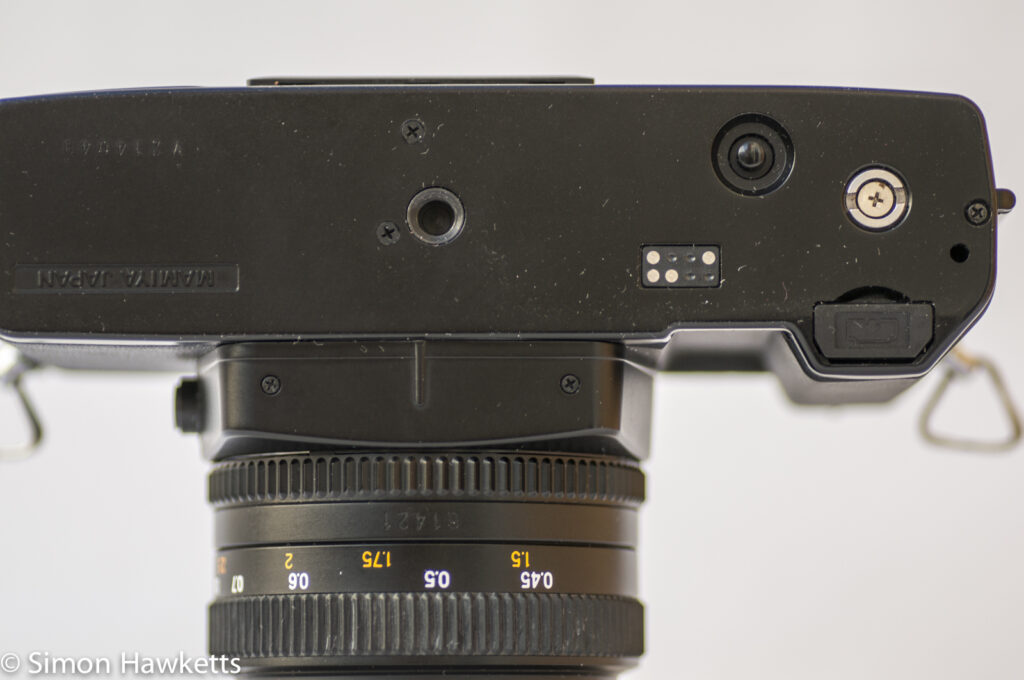
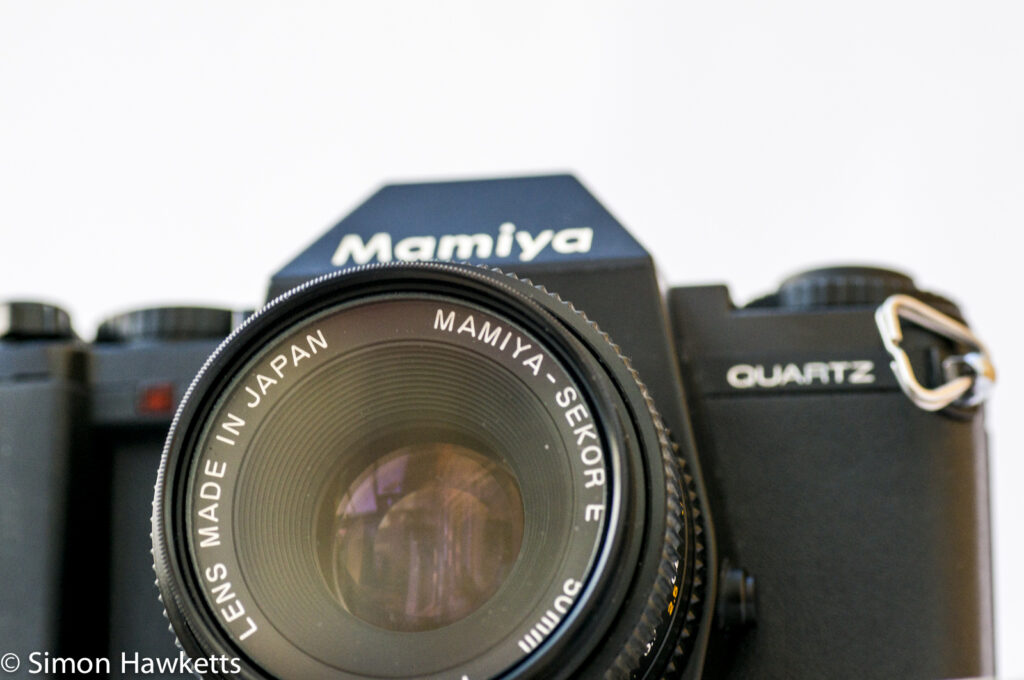

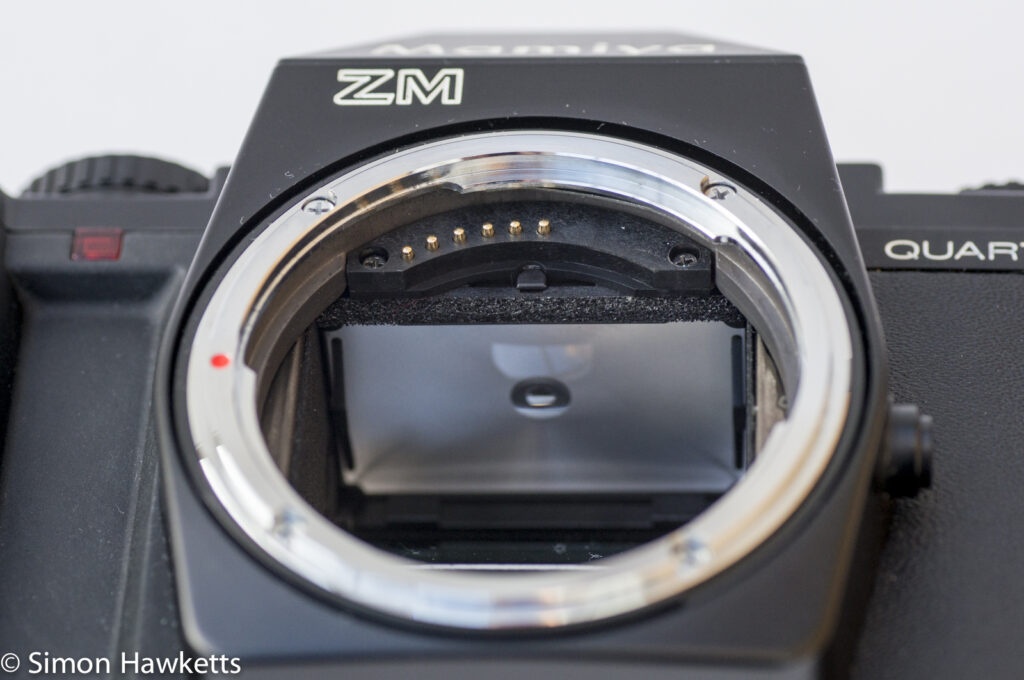
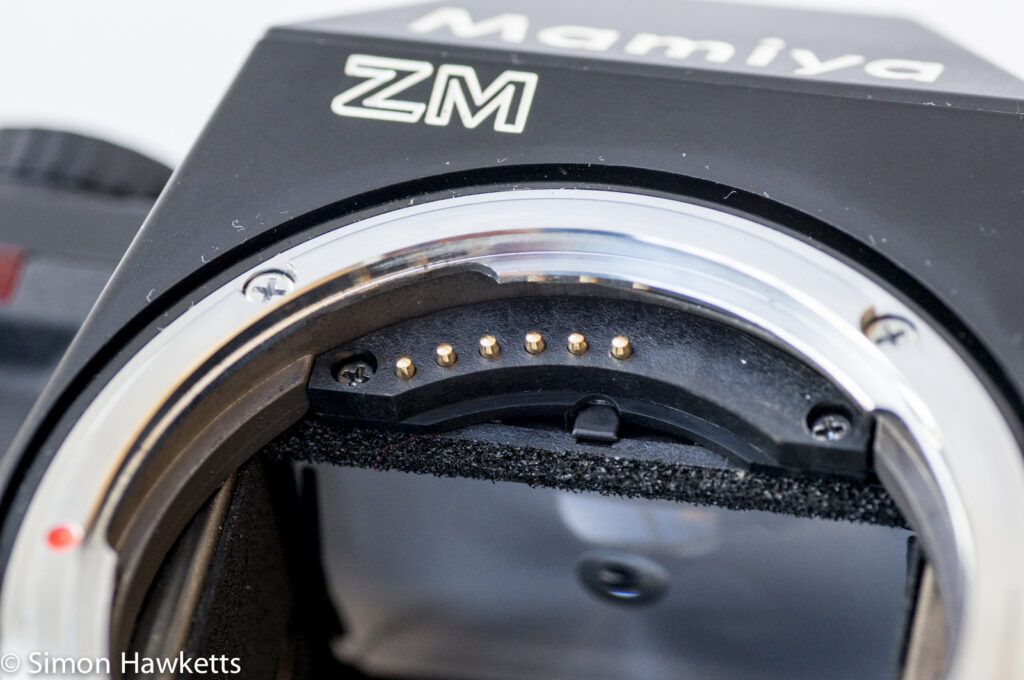
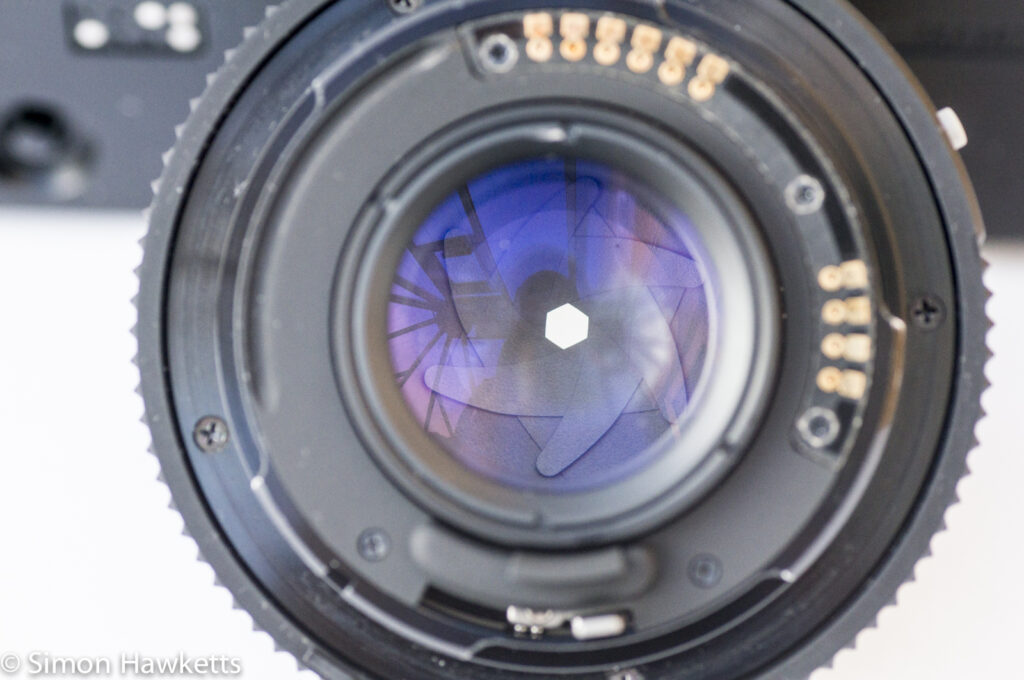
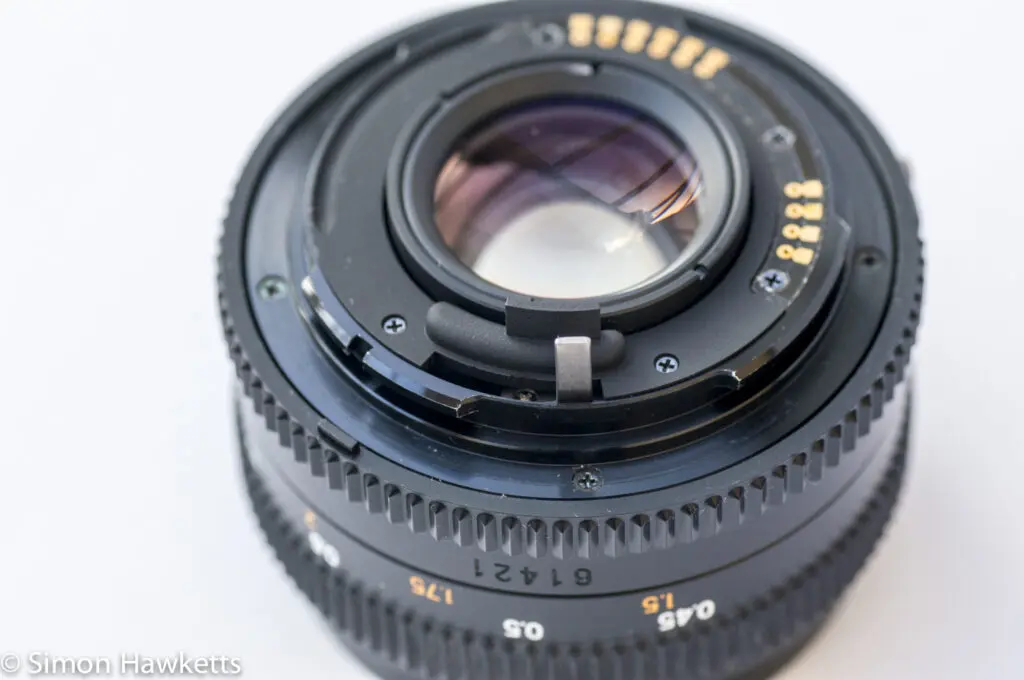
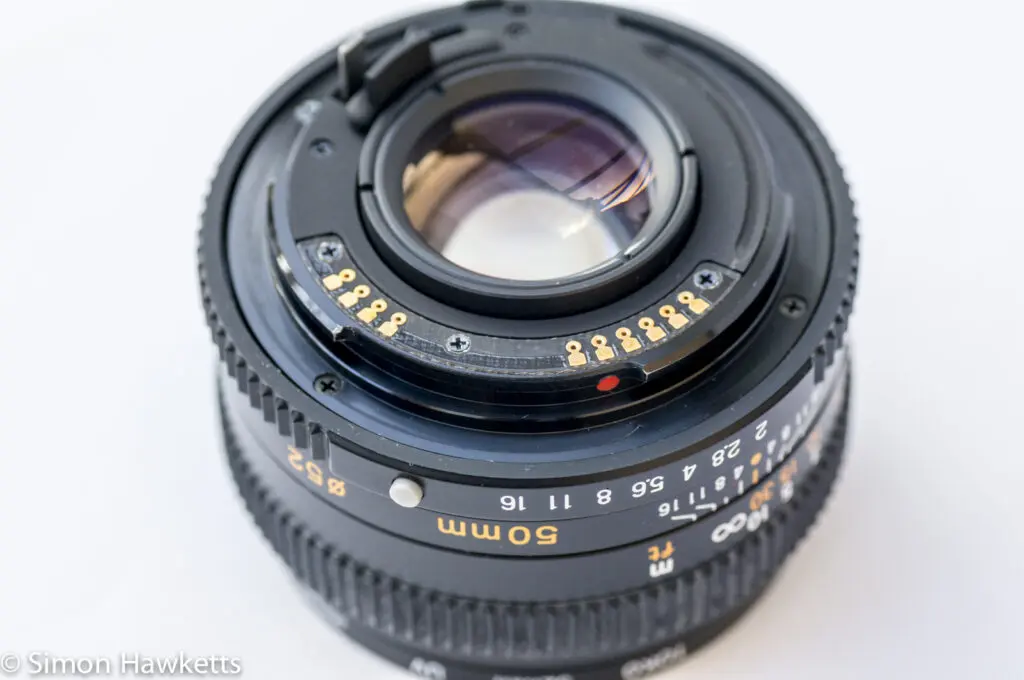
My Mamiya ZM Quartz Camera
When I first received the camera it had no batteries, and it had been sold as ‘should work OK, but I haven’t tried batteries in it’.
When I unpacked it and tried the shutter it wouldn’t fire, and the film advance wouldn’t move, so I assumed that it probably didn’t work, but I fitted a couple of batteries in it to try anyway. With the batteries in, I still couldn’t get the shutter to fire, although the exposure system seemed to be taking some readings and the LED’s in the viewfinder were working.
I was about to give up when I tried manually moving the film advance wheel within the film chamber with my finger. There was a click and when I tried the shutter again it fired! I could also move the film advance as well, so I wound and fired the shutter a couple of times, and it all seemed to be OK. So it now has a reel of FP5 black & white film loaded, and I’m trying the camera out with a film.
Mamiya ZM Quartz Description
The Mamiya MZ Quartz was the last 35 mm film camera that Mamiya produced because after this model they left the 35 mm market and concentrated on medium format film cameras.
This model was made in the early 1980s and was quite a sophisticated camera in its day. If I compare it to, for example, my Praktica PLC3 which was made at a similar date, in appearance it’s like chalk and cheese although in terms of the actual camera features there is not that much difference between them. The Mamiya seems to ooze quality and style, however.
The next few sections describe some of the features of the Mamiya ZM Quartz camera.
Exposure modes
The camera has both aperture priority auto exposure and fully manual operation. To put the camera in Aperture priority mode the shutter speed dial is set to ‘A’ and then as the aperture is set, the camera selects the shutter speed and shows the speed selected as an LED against a scale in the viewfinder. If the shutter speed dial is moved from ‘A’ the speed can be manually selected and then the viewfinder shows the metered speed and the actual selected speed. In this mode, the correct exposure is obtained by aligning the two lit LED’s.
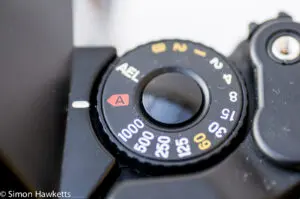
There are two stops of exposure compensation available via a dial round the film rewind crank. This is enabled in both auto mode and manual mode, although of course in manual mode it’s as easy to just set the exposure ‘out’ by the amount required.
An exposure lock position is available on the main shutter speed dial. To operate this, the AEL position is selected and the photographer moves so that the area to be correctly exposed is filling the centre portion of the viewfinder. Once the shutter button is half pressed, the exposure is locked and the photographer moves back to the position he had to correctly compose the picture, making sure the button remains half pressed. This all sounds a bit error-prone to me!
Lens
The lens fitted is a Mamiya-Sekor 50 mm f/2.0 manual focus prime lens. The aperture information is transmitted to the camera body by a series of electronic contacts fitted to the bottom of the lens mount. There is a small grey button which will lock the aperture after the f/16 setting, and I believe this allows the lens to be used on a fully automatic version of a Z series camera, where the aperture could also be set by the camera. When I first received the camera, the focus was a bit stiff, but a few days use has loosened it quite nicely.
Viewfinder
The viewfinder is fairly standard for cameras of this age. There is a split image rangefinder style focusing aid in the centre, a micro-prism ring around that, and then a Fresnel screen which makes up the rest of the viewing screen. The shutter speeds are shown down the right-hand side with LED’s to show the selected shutter speed.
Mamiya ZM Quartz Specifications
- Mamiya ZM Quartz 35mm SLR
- 2 sec to 1/1000 + B
- Flash sync at 1/60
- Aperture priority exposure
- Manual exposure
- Electronic self timer
- +/- 2 stop exposure compensation in 1 stop steps
- Flash hot shoe
- AE Lock facility
- ISO range 12 to 3200
- Coupling for motor drive
- Tripod bush
- Powered by two SR44 batteries
- Ser No V214049
- Lens Ser No 61421
- 52mm filter thread
- Manual available on line here
As I said above I have a reel of FP5 in the camera at the moment and once I have it developed I’ll post the pictures to the blog.
Update :
I have developed the images from the camera as part of an experiment I have been carrying out using caffenol as a developer. Those images are here along with a description of that process.
Discover more from Everything Vintage
Subscribe to get the latest posts sent to your email.


